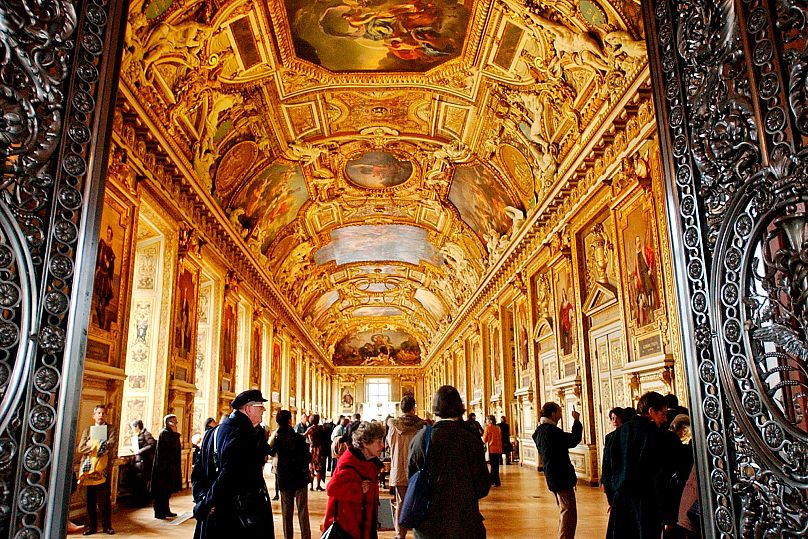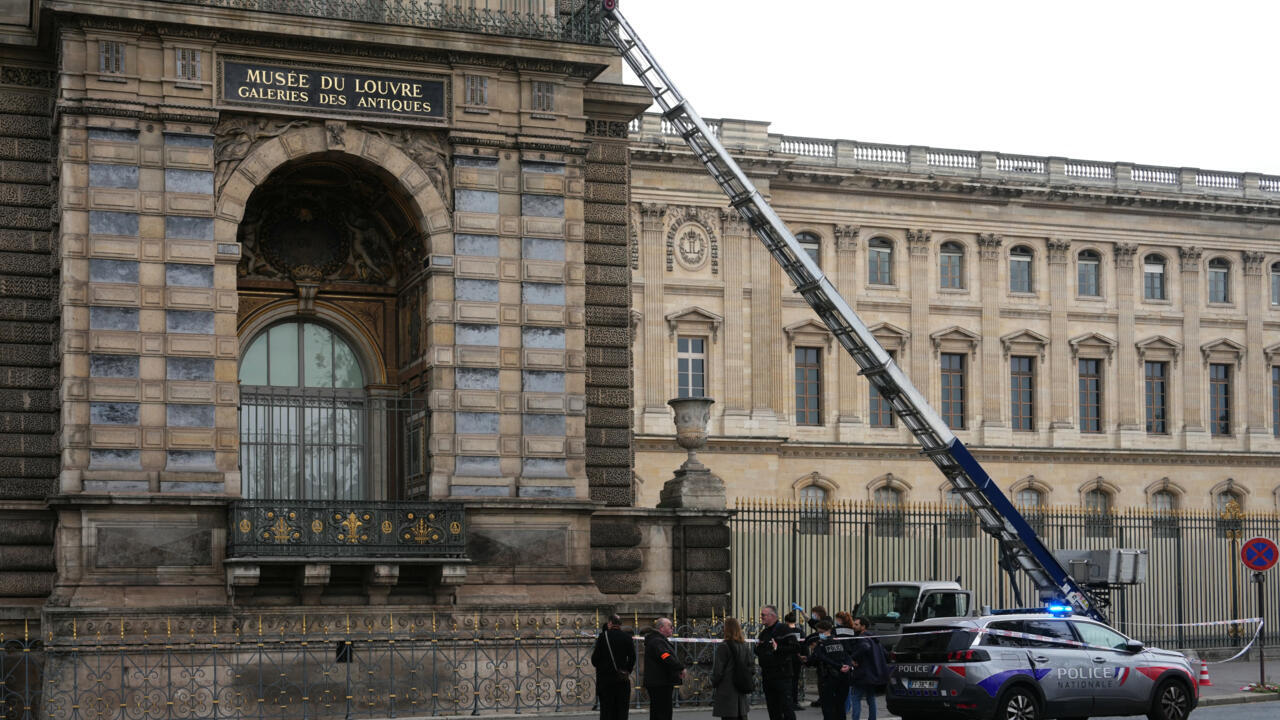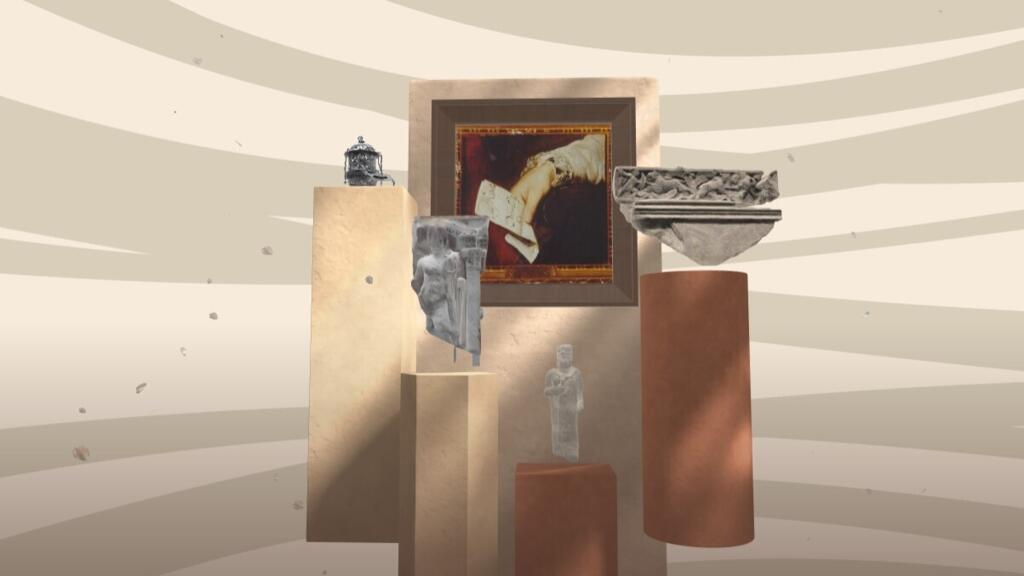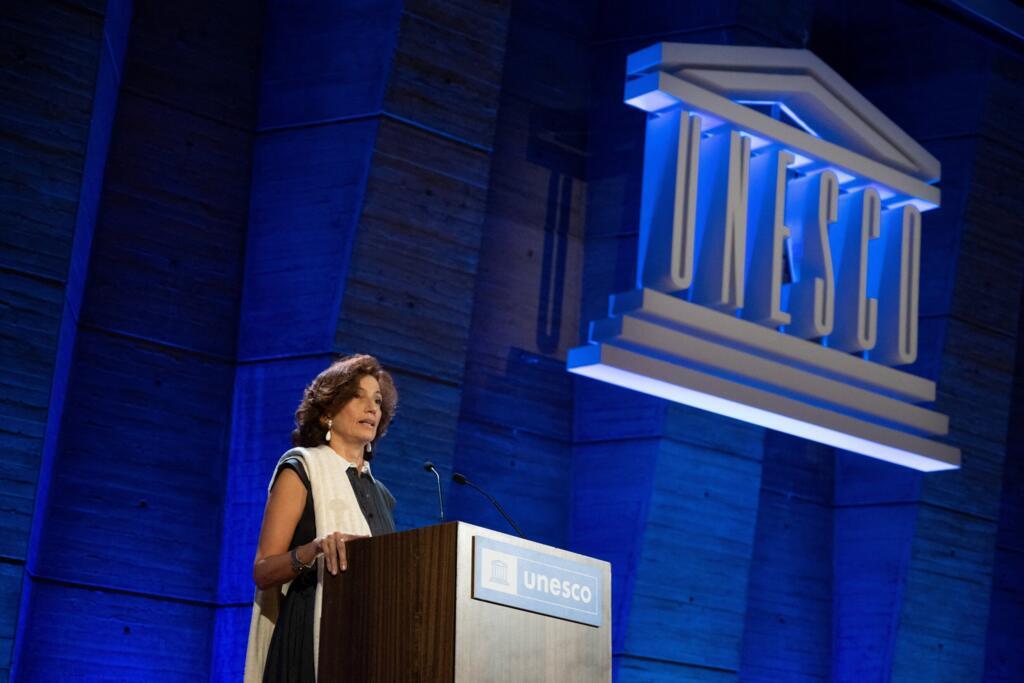Following the publication in 2001 of his book, The Tragedy of Great Power Politics, John Mearsheimer’s notion of Offensive Realism (OR) has become widely regarded (in academe and in state policy circles) as a no-nonsense, pragmatic and now preeminent ‘theory’ of how and why it is that the so-called great powers of the world behave – and should behave – in the ways that they do.
Adherents to OR take the view, which can be inferred from the book’s title, that we may not like the way that it portrays the world, but that, unfortunately, is how things are.
As the progenitor of the faith, Mearsheimer himself proselytises his ‘theory’ (we consider below its scientific merits) with considerable vigour and conviction, displaying an almost evangelical certainty about its validity and, like many ideologues, a sometimes faintly bemused puzzlement and condescension towards those who might have the temerity to suppose differently, no matter how polite and credible such others might be.
After a short account of the principal tenets of OR, this essay explains why the ‘theory’ is deficient and dangerous and should be rejected.
Principal tenets
OR proposes that nation-states are rational actors driven by self-interest.
They compete to survive in an anarchic world where there is no effective, accepted superordinate authority they can call on to resolve disputes.
In order to survive, and because competitors cannot be trusted, states must therefore acquire and maintain sufficient military and economic power to protect themselves against threats which, Mearsheimer (2019) concedes, ‘can be a ruthless and bloody business’. This is usually done at the expense of rival states and is a zero-sum game.
The best way to achieve state security and protect state interests is to maximise power to become a regional and/or global hegemon. This is clearly difficult in a multipolar world and may call for restraint. In this important sense of power maximisation – and others (immediately below) – OR is normative.
War should only be contemplated in the great powers’ ‘neighbourhood’ and in ‘distant areas that are either home to another great power or the site of a critically important resource’ (Mearsheimer, 2019, p. 17, ibid).
While alliances with other states are possible, they cannot be relied upon and are usually temporary and subject to unpredictable changes arising from shifting balances of power and interest.
The proponents of OR assert that the condition of the world and the behaviour of states provide innumerable empirical verifications of it.
Moreover, the rationality attributed to such behaviour produces a tautological result – either state behaviour conforms to the rationality that OR stipulates or it is, by definition, irrational. This is exemplified when Mearsheimer (2019, p. 17, ibid) asserts that ‘the US will have little choice but to adopt a realist foreign policy, simply because it must prevent China from becoming a regional hegemon in Asia’. If it doesn’t do so, then, according to OR, it will be behaving irrationally.
Mearsheimer (2019, ibid) is keen to remind us that he is a ‘hard-nosed’, no-nonsense kind of guy. Yet it seems that he does have a soft spot. When the occasion demands it, he does not seem to be averse to placing rose coloured spectacles on his redoubtable facial protuberance.
His view of post-WWII US ‘liberal democracy’, which he regards as ‘the best political order’, provides a vivid illustration of this in that he accepts en toto what has been shown to be the patently silly idea that liberalism:
“… has an activist mentality woven into its core. The belief that all humans have a set of inalienable rights, and that protecting these rights should override other concerns, [which] creates a powerful incentive for liberal states to intervene when other countries – as they do on a regular basis – violate their citizens’ rights…This logic pushes liberal states to favour using force to turn autocracies into liberal democracies, not only because doing so would ensure that individual rights are never again trampled in those countries, but also because they believe liberal democracies do not fight wars with each other” (Mearsheimer, 2019, p. 14, ibid).
The reasons for the breathtaking naivete and romanticism of the views expressed in this paragraph are so well known that they need not detain us here. Indeed, more than a little ironically, my writing of this article coincides with the US’s withdrawal from the Universal Periodic Review of Human Rights.
We can only suppose that Mearsheimer’s willingness to overlook the yawning gap between the rhetoric and reality of liberal democracy in the US (and elsewhere) bespeaks an ulterior motive. In order to promote the virtues and validity of OR – as, among other things, being less war-like than his missionary version of liberal democracy – perhaps he has simply resorted to constructing the flimsiest of straw men?
Clearly, Mearsheimer would have us believe that, if in the last 75 years or so US-led liberal democracies have been overly warlike and aggressive in their foreign policies, they could only have been so for the very best, humane, and altruistic reasons.
So, apart from the latter suggestion (apologia), which is clearly ludicrous and must surely make us wonder about the meanings that Mearsheimer attaches to state behaviours generally (the waving or drowning problem), why should we object to any of this?
Epistemological frailties
‘If we can’t explain why a cockroach decides to turn left, how can we explain why a human being decides to do something’ (Chomsky, 2002)
Metaphysical doctrines. Chomsky’s caution has done little to dampen the enthusiasm or slow the growth of the sizable industry that depends on the public’s willingness to accept psychological ‘theories’ of behaviour as valid and worthwhile. Reputations and incomes – particularly in the ‘analytical’ domains of clinical psychology – depend on it. Patients willingly spend thousands of dollars being psychoanalysed so that they can understand why, if they are male, they have unconscious (and untestable) sexual desires for their mothers and regard their fathers as competitors for their mothers’ love and affection. They are told, and accept, that these unconscious desires and the antagonisms surrounding them – together with others enshrined in the epic of the ego, the id, and the superego – have made them into the people they are today.
Remarkably, and despite sharp criticisms of the scientific merits of psychoanalysis and similar psychological theories (and our inability to explain cockroach preferences!), the industry and its primitive superstitions continue to thrive and among other things are testament to people’s willingness to believe (and do) what they are told by authority figures in white coats, as demonstrated many years ago by the methodologically sound but ethically questionable Milgram studies.
In 1962, Karl Popper had this to say about what he called ‘metaphysical doctrines’ of this type:
‘These theories [like psychoanalysis] appeared to be able to explain practically everything that happened within the fields to which they referred. The study of any one of them seemed to have the effect of an intellectual conversion or revelation, opening your eyes to a new truth hidden from those not yet initiated. Once your eyes were opened you saw confirming instances everywhere: the world was full of verification of the theory … it was practically impossible to describe any human behaviour that might not be claimed to be a verification of these theories” (1962, pp. 34-35).’
In the field of international relations, the notion of OR seems to have achieved a similar status and inviolability.
From a scientific standpoint, two related problems lead to Popper’s conclusion.
The sociology of science. First, there is the phenomenon of Kuhn’s ‘normal science’, which offers refuge or cover to those who work within the boundaries of the ruling paradigm (in this case, OR), where they engage in ‘puzzle-solving activities’ that do not threaten their dogma. On the contrary, their job is to find as many confirming instances of it as possible, which, through induction and accumulation, are assumed (wrongly, according to Popper) to ‘verify’ the ‘theory’ that they believe in. As Popper says, ‘confirming instances are seen everywhere’.
Anything that seems contrary to the prevailing view (ruling paradigm) is shunned or, where it is unavoidable, taken to indicate the shortcomings of the normal scientist in question rather than the doctrine to which she adheres.
Criticism and conflict among normal scientists are explicitly discouraged by Kuhn (1970):
“it is also important that group unanimity be a paramount value, causing the group to minimize the occasions for conflict and to reunite quickly …” (1970, p. 21).
“though tests occur frequently in normal science, these tests are of a peculiar sort, for in the final analysis, it is the individual scientists rather than the current theory which is tested” (1970, p. 5).
Epistemological critiques of normal science have been around for a very long time (including some by me), but normal scientists – displaying precisely the ‘virtues’ advocated by Kuhn – carry on regardless. Indeed, in their relentless pursuit of OR verification, some – like Johnson and Thayer (2016) – have even sought (and found) it in evolutionary theories and the behaviour of other species like chimpanzees, leading them to conclude that:
“To an observant international relations scholar, the behaviour of chimpanzees is remarkably like the behaviour of states predicted by the theory of offensive realism. Offensive realism holds that states are disposed to competition and conflict because they are self-interested, power-maximizing, and fearful of other states. Moreover, theorists of offensive realism argue that states should behave this way because it is the best way to survive in the anarchy of the international system. This parallels the primatologists’ argument that the efforts of chimpanzees to seek territorial expansion and as much power as possible represent an adaptive strategy to ensure survival and promote the success of future generations.”
The black swan problem. Second, and related to the above, is the question of whether ‘theories’ like OR can be tested by observation and shown to be wrong, which is the well-known Popperian falsificationist criterion for distinguishing between science and non-science.
In this view, the proposition that all swans are white cannot be verified by the repeated observation of white swans, but it can be falsified by the observation of a single black swan.
The practices of normal science outlined above violate Popperian falsificationist principles, which are regarded as the basis of the growth of scientific knowledge. Theories that are susceptible to falsification are regarded as superior because they enable scientists to learn from their mistakes and to progress.
As with psychoanalysis, this is not the case with OR. Anything that seems to contradict OR can be discounted by adducing an ad hoc hypothesis or explanation, which leaves the theory intact and makes it impregnable to observable tests.
Accordingly, when states behave in ways that could be construed to be inconsistent with OR, this can be explained away after the fact as – for example – a mistaken power-seeking strategy or as a clever ruse to distract attention away from the state’s real (and rational) – power-maximising, hegemonic – intent, and so on.
To reiterate, one of the main duties of the OR convert or normal scientist is to devise such post hoc explanations in defence of the ruling paradigm.
In short, within the ruling paradigm, ‘black swans’ or falsifications are almost forbidden for ideological reasons, making it impossible for OR to learn from its mistakes, that is, according to conjecture and refutation. This reduces it to a metaphysical doctrine that you either believe in or don’t. In Popper’s view, normal scientists are simply ‘victims of indoctrination’.
The state as a monolithic, black box
Except by acknowledging that it can be subject to ‘domestic’ influences – and attributing fancifully to liberal democracy (as noted briefly above) beliefs in empathy, altruism, and humaneness – Mearsheimer does not invite us to consider what constitutes the state as a rational actor.
Perhaps the internal dynamics of the state are dismissed as immaterial, since OR concerns itself with what states must do to survive rather than with the internal forces that drive them or the special interests they might serve.
By helping to conceal these realities (badly, it has to be said), OR’s monolithic black box view of the state shields behind its apolitical, ‘hard-nosed’ real-world façade the imperialist machinations of a savage capitalism in decline and the crimes of the ruling elites who profit from it.
Conclusion
OR’s masquerade as an unflinching scientific theory of how the cruel world that we live in really works is easily revealed because, like other metaphysical doctrines such as psychoanalysis, it is unfalsifiable. Seeming anomalies or contradictions – such as those identified by Hall (2025) – are either treated as irrelevant and ignored or explained away after the fact by defenders of the faith (Kuhn’s normal scientists) through the introduction of ad hoc hypotheses.
OR’s scientific weaknesses are plain to see.
The dangers of OR stem from its impregnability and relative permanence (according to Kuhn, ruling paradigms can only be overthrown by rare ‘scientific revolutions’), which when combined with its pseudo-scientific and superficially persuasive normalisation of the supposedly innately aggressive (chimp-like) imperialist behaviour of late-stage capitalist states such as the US, make it a particularly effective weapon in the manufacture of consent – and hence the prolongation of late-stage capitalism and its adverse consequences for the future of all forms of life on Earth.
Peter Blunt is Honorary Professor, School of Business, University of New South Wales (Canberra), Australia. He has held tenured full professorships of management in universities in Australia, Norway, and the UK, and has worked as a consultant in development assistance in 40 countries, including more than three years with the World Bank in Jakarta, Indonesia. His commissioned publications on governance and public sector management informed UNDP policy on these matters and his books include the standard works on organisation and management in Africa and, most recently, (with Cecilia Escobar and Vlassis Missos) The Political Economy of Bilateral Aid: Implications for Global Development (Routledge, 2023) and The Political Economy of Dissent: A Research Companion (Routledge, forthcoming 2026). Read other articles by Peter. 










